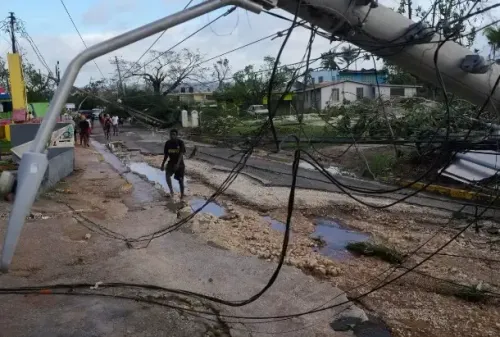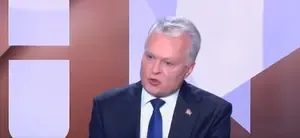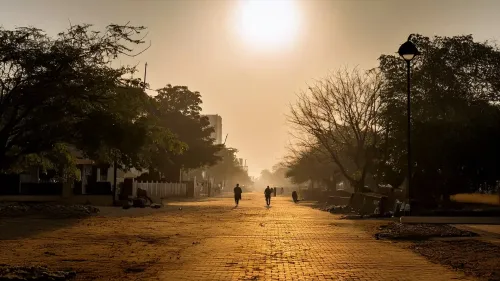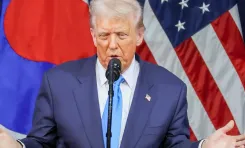Is Poverty Rising in Bangladesh Due to Political Instability?
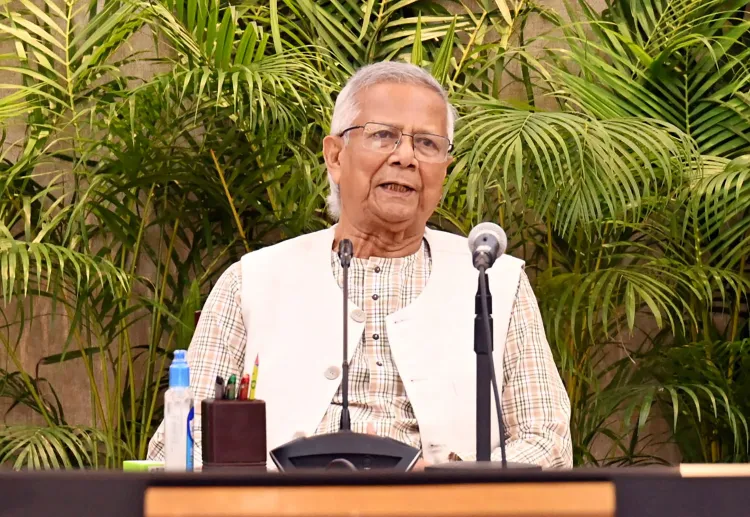
Synopsis
Key Takeaways
- Poverty is rising in Bangladesh, affecting millions.
- The employment rate has dropped to 56.7 percent.
- Over 55 percent of urban households' income is spent on necessities.
- Many citizens are one shock away from falling into poverty.
- Strong policy interventions are necessary to address the growing gap.
New Delhi, Oct 29 (NationPress) Poverty is escalating in Bangladesh, as the ongoing political turmoil in the post-Hasina era has resulted in a downturn in both investment and industrial advancement, as reported by the Asian Lite newspaper.
The publication references statistics from the World Bank, indicating that economic growth is projected to slow to 4 percent in FY25. Consequently, poverty levels, defined by the international poverty threshold of $3 – 2021 PPP, are expected to rise to 8.9 percent, pushing an additional 3 million individuals into poverty.
The challenging macroeconomic environment is evident in the worsening labor market conditions. The employment rate has decreased to 56.7 percent in 2024, with the service sector witnessing considerable job losses. Furthermore, youth and women in the agricultural sector often find themselves in low-skill and low-wage positions. The lack of opportunities in urban regions for young graduates and women forces many to seek employment in low-paying service jobs, the article notes.
The interim administration led by Mohammad Yunus, which took power over a year ago, has not fulfilled its commitment to achieving macroeconomic stability through fiscal and monetary strategies to combat inflation and satisfy IMF loan requirements. Instead, the economy has regressed, facing severe poverty and unemployment challenges along with a slowdown in growth.
A recent study by the Power and Participation Research Centre (PPRC) reveals that more than one in four citizens in Bangladesh currently live below the poverty line, marking a significant increase from the 2022 estimates. This alarming trend has prompted policymakers and international development agencies to reconsider Bangladesh's developmental trajectory.
PPRC findings indicate that over 55 percent of urban household expenditures are now devoted to basic necessities such as food, limiting available funds for health, education, and savings.
Consequently, concern extends beyond just those living in poverty; many individuals are merely one economic setback or climate-related shock away from falling into poverty. A significant portion of the population is precariously positioned at the brink of economic deprivation.
A PPRC study highlights that the consumption shortfall gap has doubled since 2022. This widening gap between actual consumption and poverty thresholds underscores the urgent need for robust policy mechanisms to elevate affected individuals above the poverty line.
“There is a growing consensus that the interim government has not met the expectations of Dhaka’s minority communities or maintained law and order, silencing dissenting voices. The leadership has failed to demonstrate the anticipated statesmanship. Following disappointing outcomes on human development, the interim government has also faltered in upholding human rights,” the Asian Lite article further elaborates.


